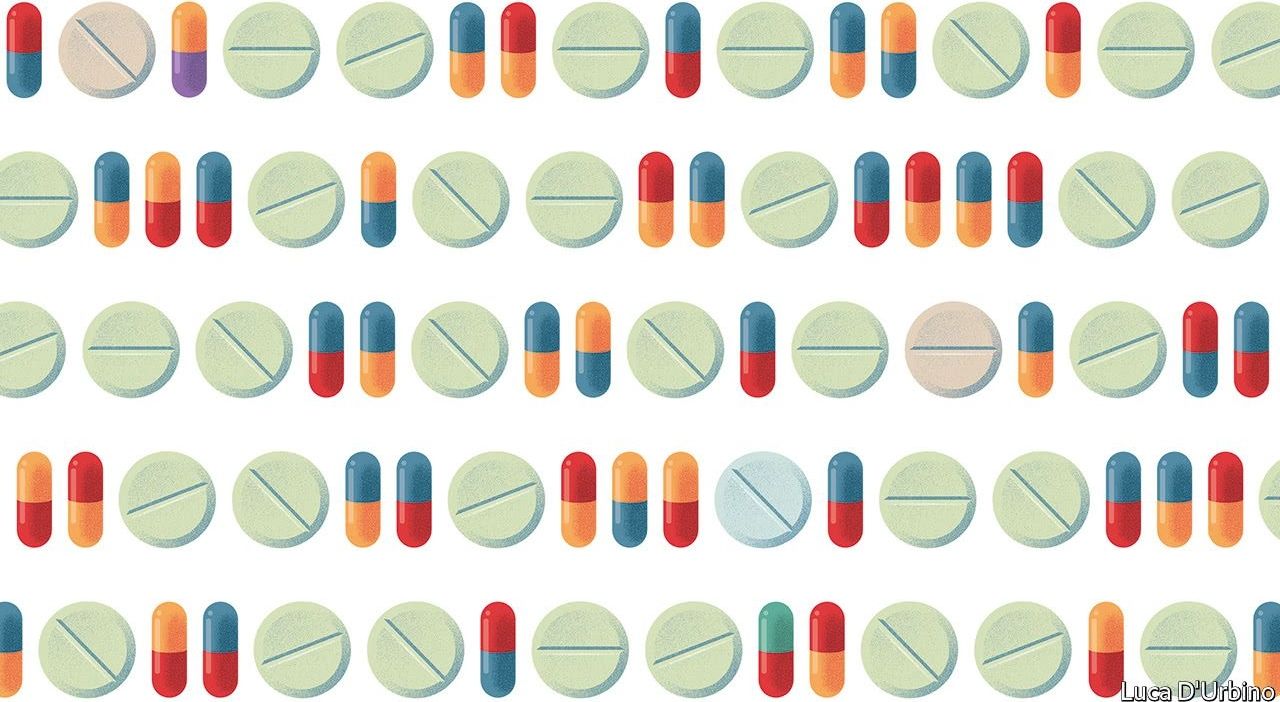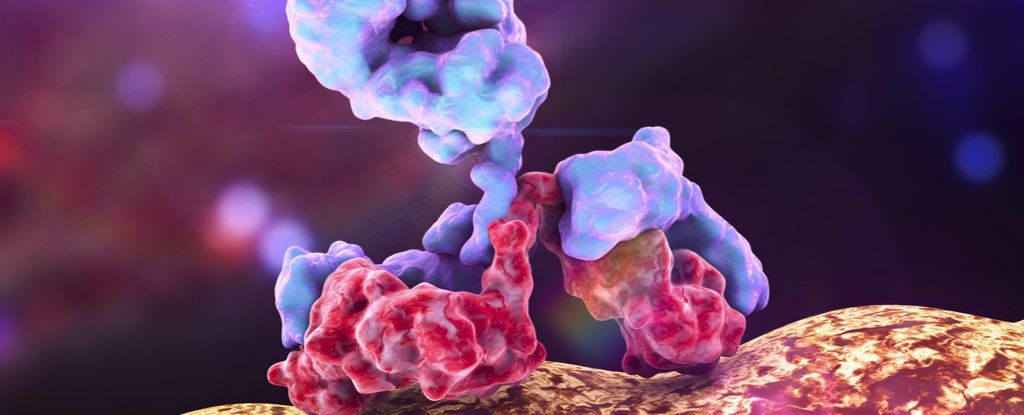Category: health – Page 448

Bioquark Inc. — Grognostics — Immortality Part II — Ira Pastor
Part II of the Bioquark Inc. show on Grognostics — https://www.stitcher.com/podcast/grognostics/e/53166919?autoplay=true

India’s farmed chickens dosed with world’s strongest antibiotics, study finds
Warning over wider global health impacts after findings reveal hundreds of tonnes of colistin – the ‘antibiotic of last resort’ – are being shipped to India’s farms.
Thu 1 Feb 2018 05.50 EST Last modified on Thu 1 Feb 2018 11.20 EST.


A revolution in health care is coming
Will the benefits of making data more widely available outweigh such risks? The signs are that they will. Plenty of countries are now opening up their medical records, but few have gone as far as Sweden. It aims to give all its citizens electronic access to their medical records by 2020; over a third of Swedes have already set up accounts. Studies show that patients with such access have a better understanding of their illnesses, and that their treatment is more successful. Trials in America and Canada have produced not just happier patients but lower costs, as clinicians fielded fewer inquiries. That should be no surprise. No one has a greater interest in your health than you do. Trust in Doctor You.
NO WONDER they are called “patients”. When people enter the health-care systems of rich countries today, they know what they will get: prodding doctors, endless tests, baffling jargon, rising costs and, above all, long waits. Some stoicism will always be needed, because health care is complex and diligence matters. But frustration is boiling over. This week three of the biggest names in American business—Amazon, Berkshire Hathaway and JPMorgan Chase—announced a new venture to provide better, cheaper health care for their employees. A fundamental problem with today’s system is that patients lack knowledge and control. Access to data can bestow both.
The internet already enables patients to seek online consultations when and where it suits them. You can take over-the-counter tests to analyse your blood, sequence your genome and check on the bacteria in your gut. Yet radical change demands a shift in emphasis, from providers to patients and from doctors to data. That shift is happening. Technologies such as the smartphone allow people to monitor their own health. The possibilities multiply when you add the crucial missing ingredients—access to your own medical records and the ability easily to share information with those you trust. That allows you to reduce inefficiencies in your own treatment and also to provide data to help train medical algorithms. You can enhance your own care and everyone else’s, too.
Upgrade your inbox.


Amazon, Berkshire Hathaway, and JPMorgan Chase to partner on US employee health care
Amazon, Berkshire Hathaway, and JPMorgan Chase on Tuesday announced a partnership to cut health-care costs and improve services for their U.S. employees. The announcement slammed the shares of multiple companies in the health-care sector.
Amazon, Berkshire Hathaway and JPMorgan announce plans to partner on ways to cut health care costs and improve services for U.S. employees.

Bioquark Inc. — Grognostics — Ira Pastor
Part #1 of an awesome show with Steve and Jason on Grognostics merging together discussions on biotech, craft beer, human potential, as well as a comedic journey into the world of 2039
https://www.stitcher.com/podcast/grognostics/e/53077743?autoplay=true

Scientists Think They’ve Found a Way to Stop Allergic Reactions Before They Happen
If you’re one of the unlucky millions of people burdened by allergies, you know that sometimes there’s only so much antihistamines can do to help.
Researchers have been working to find more effective allergy treatments, and now they’ve discovered how a particular antibody can stop an allergic reaction from happening altogether.
An allergic reaction is the immune system’s way of completely overreacting to a normally benign substance, from proteins in cat saliva to surprisingly deadly peanuts.